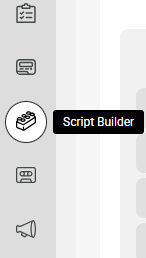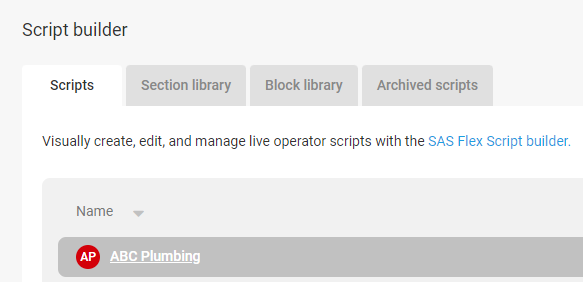How to Configure a Trigger Block
A trigger block executed before the answering service operator gets to the end of your workflow and saves the call. Trigger blocks enable you to perform actions throughout your script such as emailing or texting you a notification, emailing the caller, texting the caller, or sending data to your CRM or any other application you may use.
In this article we'll discuss:
How the Trigger block can be used
Check out some of the use cases below to help determine if using the Trigger block will work for you.
- Using Multiple Integrations: With the SAS app integrations, users can only implement 1 integration per Closing block. The Trigger block would allow users to include more than 1 integration throughout a script path (for example, if they want data sent to both Salesforce and Help Scout).
- Confirm Information: After an agent has documented the caller's information, the Trigger block can be used to send the caller a text via the SAS SMS App to confirm the information we gathered is correct before the call is saved.
- Send Information: The Trigger block can be used to send information to the caller via the SAS Email App while they are still on the line with the agent. If the caller has any questions regarding the information, the agent can add those details to the message.
- Alert Staff of Incoming Transfers / Reaches: If your script is set up to transfer or reach out to your staff, you may want to use the Trigger block to send them a notification via text and/or email prior to the attempted communication. This may help increase the number of completed transfers and reaches. However, this may only work if your transfer or reach schedules are static and don't change.
Creating a Trigger Block





Adding Operator Instructions
Depending on how you choose to use a Trigger block, you may want to include instructions for the operators. In our example, we added a Statement block before our Page Break block that helps keep the operator in the loop of what's happening within the workflow.

Creating a New Section for your Trigger block
Once your Trigger block has been created, we need to add it to its own script section.





Adding a Trigger block into your script
Once your script block has been added to a new script section, it's time to incorporate the new section into your script.







